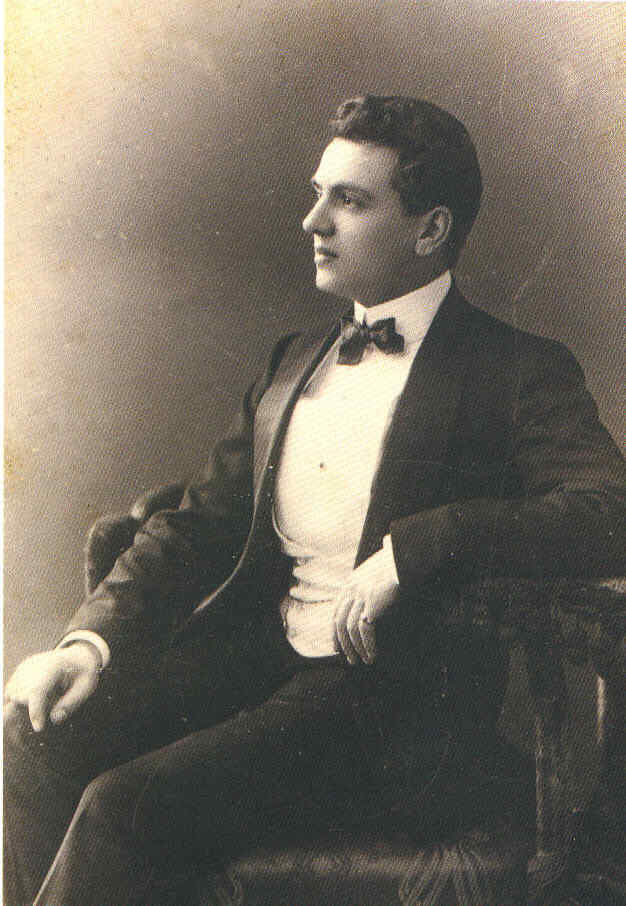The
Scent
Coco Chanel had wanted to develop a distinctly modern fragrance for some time by early 1920. At this time, Chanel’s lover was Grand Duke Dmitri Pavlovich Romanov of Russia, the murderer of Rasputin. The duke introduced her to Ernest Beaux on the French Riviera. Beaux was the master perfumer at A. Rallet and Company, where he had been employed since 1898. The company was the official perfumer to the Russian royal family, and “the imperial palace at St. Petersburg was a famously perfumed court.”The favorite scent of the Czarina Alexandra, composed specifically for her by Rallet in Moscow, had been an eau de cologne opulent with rose and jasmine named Rallet O-DE-KOLON No.1 Vesovoi.
In 1912, Beaux created a men’s eau de cologne, Le Bouquet de Napoleon, to commemorate the 100th anniversary of the Battle of Borodino, a decisive battle in the Napoleonic Wars. The success of this men’s fragrance inspired Beaux to create a feminine counterpart, whose jumping off point was the chemical composition of aldehydic multiflores in Houbigant’s immensely popular Quelques Fleurs (1912).
His experiments with the aldehydes in Quelques Fleurs, resulted in a fragrance that he called Le Bouquet de Catherine. He intended to use the scent to inaugurate another celebration in 1913, the 300th anniversary of the Romanoff dynasty. The debut of this new perfume proved ill-timed commercially. World War I was approaching, and the czarina and the perfume’s namesake, the Empress Catherine, had both been German-born. A marketing misfortune that invoked unpopular associations, combined with the fact that Le Bouquet de Catherine was enormously expensive, made it a commercial failure. An attempt to re-brand the perfume, as Rallet No. 1 was unsuccessful, and the outbreak of World War I in 1914 effectively prevented public acceptance of the brand.
Beaux, who had affiliated himself with the Allies and the White Russian army, had spent 1917–19 as a lieutenant stationed far north, in the last arctic outpost of the continent, Arkangelsk, at Mudyug Island Prison where he interrogated Bolshevik prisoners.[37] The polar ice, frigid seascape, and whiteness of the snowy terrain sparked his desire to capture the crisp fragrance of this landscape into a new perfume compound.
Beaux perfected what was to become Chanel No. 5 over several months in the late summer and autumn of 1920. He worked from the rose and jasmine base of Rallet No. 1. altering it to make it cleaner, more daring, reminiscent of the pristine polar freshness he had inhabited during his war years. He experimented with modern synthetics, adding his own invention “Rose E. B” and notes derived from a new jasmine source, a commercial ingredient called Jasophore. The revamped, complex formula also ramped up the quantities of orris-iris-root and natural musks.

